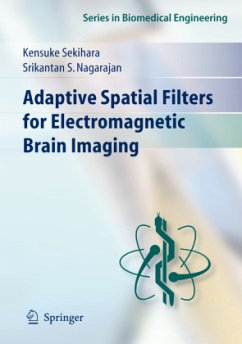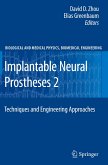Neural activity in the human brain generates coherent synaptic and intracellular currents in cortical columns that create electromagnetic signals which can be measured outside the head using magnetoencephalography (MEG) and electroencephalography (EEG). Electromagnetic brain imaging refers to techniques that reconstruct neural activity from MEG and EEG signals. Electromagnetic brain imaging is unique among functional imaging techniques for its ability to provide spatio-temporal brain activation profiles that reflect not only where the activity occurs in the brain but also when this activity occurs in relation to external and internal cognitive events, as well as to activity in other brain regions. Adaptive spatial filters are powerful algorithms for electromagnetic brain imaging that enable high-fidelity reconstruction of neuronal activity. This book describes the technical advances of adaptive spatial filters for electromagnetic brain imaging by integrating and synthesizing available information and describes various factors that affect its performance. The intended audience include graduate students and researchers interested in the methodological aspects of electromagnetic brain imaging.
Bitte wählen Sie Ihr Anliegen aus.
Rechnungen
Retourenschein anfordern
Bestellstatus
Storno








